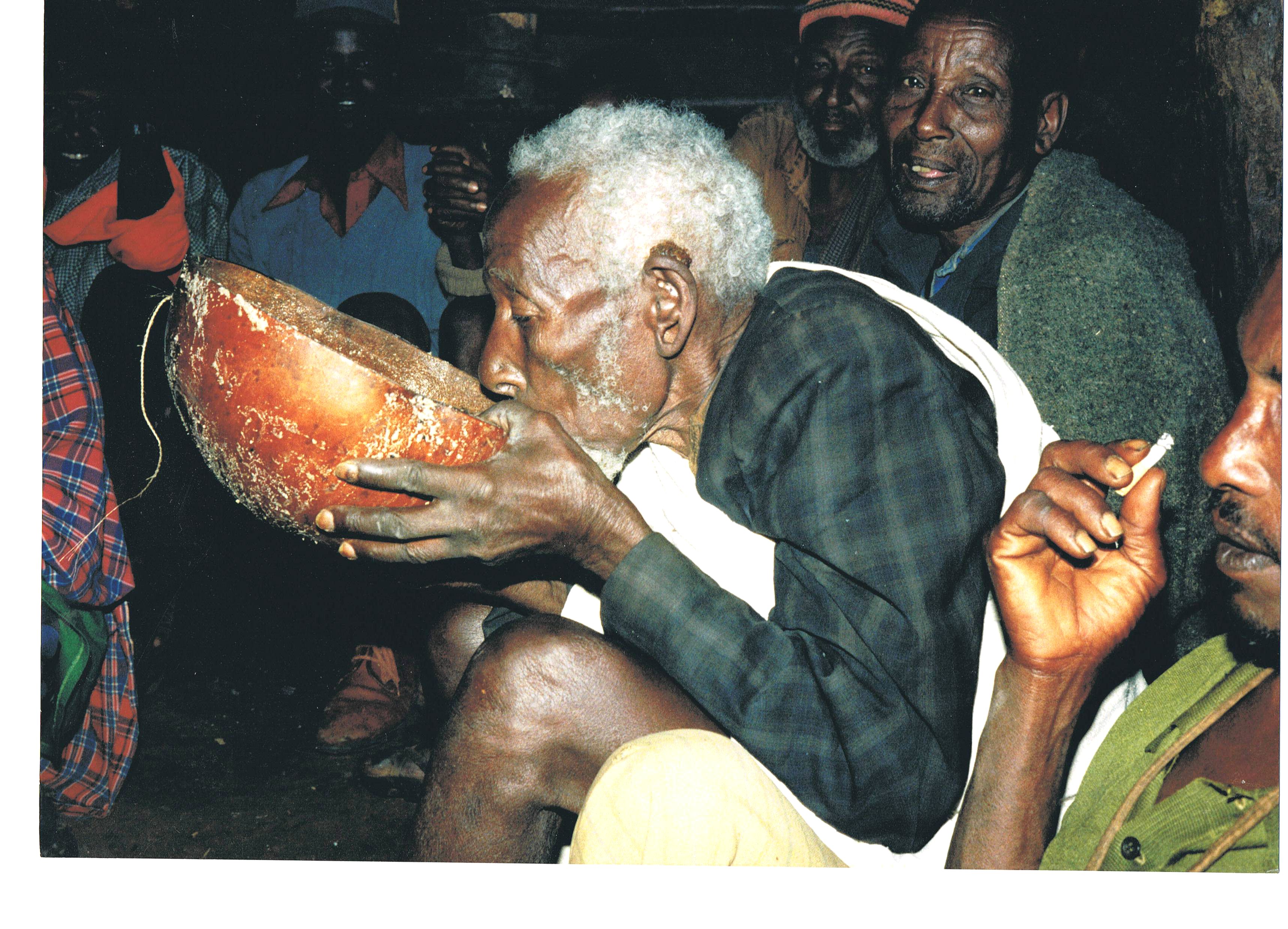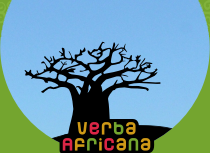Aesthetics of Riddles
Parallelism constitutes one of the major means of making a riddle sound right. Parallelism can be found at the meaning level, the structure level and at the sound level.
At the meaning level, parallelism is realised in two opposite words, whilst the rest of the words are similar or identical words. An example is the riddle “Go down grasses, come up again grasses,” the solution being “the cud.”
At the structure level, parallelism is realised by repeating the same structure in two phrases, as was the case in the previous riddles repeating the structure of imperative verb plus object.
At the sound level, parallelism is realised by rhyme and rhythm, as is the case in sleerí ar doo'ée a wák, hindawí ga fák “Our cow is one, it finishes this meadow”; the solution is “razor.”
These three levels of parallelism are often combined and strengthen each other. Rhyme and alliteration lend cohesion to the riddle; a clear example is the riddle gamú asleehhí i slideehh “Under the asleehhi plant prrrprrr”; the solution is “a pot of beer.” When you pronounce this riddle make the hh as a h-sound without voice but with extra force and a lot of friction; the sl should be pronounced like an l but then again without voice and extra force producing a lot of friction.


